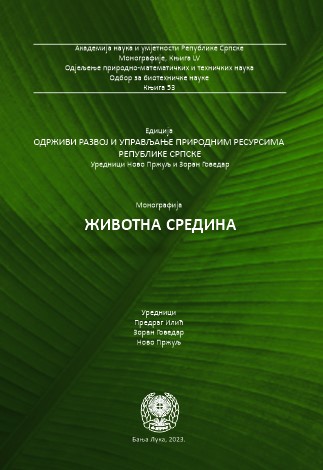Negative effects of population exposure to radon from water
DOI:
https://doi.org/10.7251/EORU2309527VKeywords:
Radon, groundwater, detection, inhalation, ingestion, health risk assessmentAbstract
The presence of radionuclides in drinking water, as well as in water used for other purposes, plays a significant role in the exposure of the population. Water monitoring is carried out in order to measure the content of natural radionuclides, primarily radon – 222Rn, and its short-lived descendants. Radon is the only gaseous radioactive product of the uranium series and a direct descendant of radium. The half-life of radon is 3.82 days, and its decay is followed by four descendants: 218Po, 214Pb, 214Bi and 214Po. The solubility of radium in water and its long-distance transport allow radon to accumulate in it, especially if it dissolves uranium-rich rocks. The resulting radon can be introduced into the water by the effect of entrainment and can be transported by underground flowing water to greater distances and entered into the body by ingestion. Radon is moderately soluble in water; it easily leaves it and thus increases its concentration in the air in closed rooms, and is taken into the body by inhalation. Epidemiological studies have shown that radon in drinking water is a secondary source of indoor radiation. The risk of manifesting carcinogenic effects due to exposure to radon, which is introduced into the body in different ways, is represented by chronic daily intake (CDI) of radon. The risk is quantitatively assessed for each entry route, and the simple sum of all entries determines the total exposure risk.
